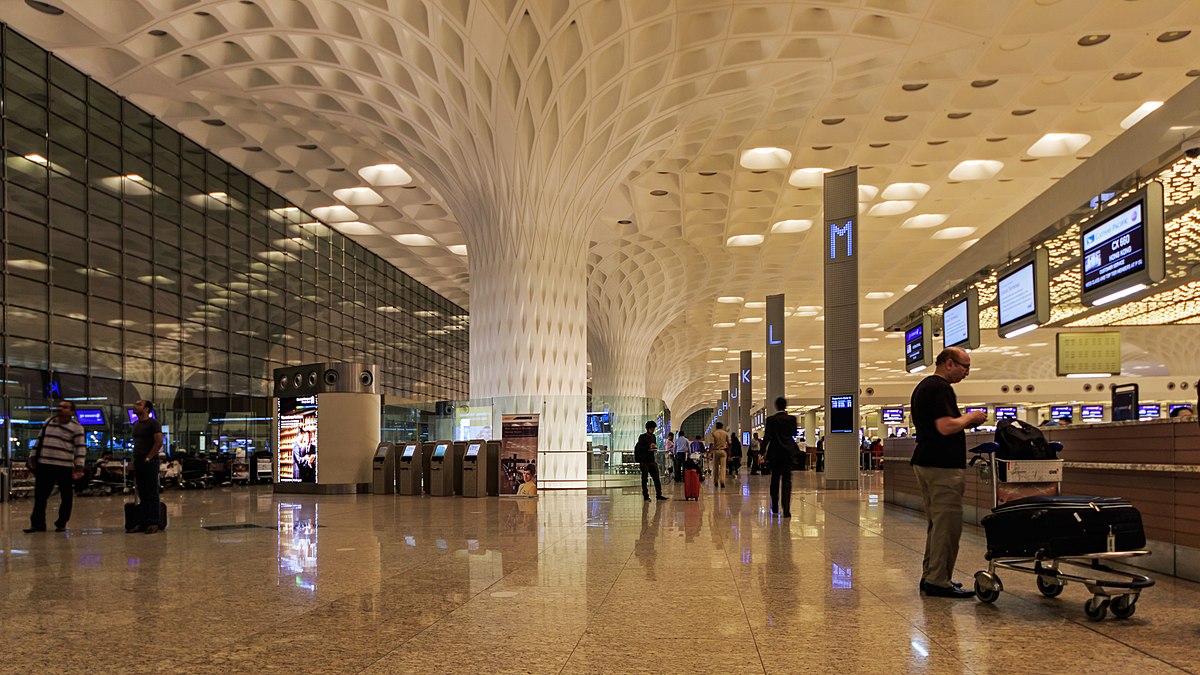Skyward Success: Ace Your Ascent with the Ultimate Pilot Interview Preparation Guide
Skyward Success: Ace Your Ascent with the Ultimate Pilot Interview Preparation Guide Embarking on a career as a pilot is an exhilarating journey, but the first crucial step involves successfully navigating the pilot interview. Airlines and aviation organizations rigorously evaluate candidates to ensure they possess the skills, knowledge, and demeanor required for the demanding role of a pilot. In this guide, we’ll break down the essential elements of a pilot interview and provide you with a comprehensive preparation roadmap to help you soar through this critical phase of your aviation career. Understanding the Pilot Interview Process 1. Interview Structure Pilot interviews typically consist of several phases, including a technical assessment, HR interview, and sometimes a simulator session. Understanding the structure of the interview is crucial for effective preparation. 2. Technical Knowledge Assessment Expect questions that test your understanding of aviation regulations, navigation procedures, aircraft systems, and emergency protocols. Brush up on theoretical knowledge and stay updated with industry trends. 3. HR and Behavioral Assessment Airlines not only evaluate your technical competence but also assess your interpersonal skills, decision-making ability, and how well you handle stress. Be prepared for questions that delve into your past experiences, teamwork, and your approach to challenging situations. Essential Steps for Pilot Interview Preparation 1. Research the Airline Dig deep into the airline’s history, values, and fleet. Understand its route network, safety record, and any recent news or developments. This knowledge demonstrates your genuine interest in the organization. 2. Review Common Interview Questions Anticipate questions related to your flying experience, problem-solving skills, and your understanding of the airline industry. Practice concise and articulate responses to showcase your capabilities effectively. 3. Refresh Technical Knowledge Revise key aviation principles, regulations, and aircraft systems. Ensure you’re up to date with the latest industry standards and any recent changes in aviation laws. 4. Simulator Preparation If a simulator session is part of the interview, consider practicing on flight simulation software. Familiarize yourself with the aircraft type you might be tested on, and review standard operating procedures. 5. Behavioral Scenario Analysis Prepare for scenario-based questions by recalling instances where you demonstrated leadership, teamwork, and effective decision-making. Structure your responses using the Situation, Task, Action, and Result (STAR) method. Tips for a Successful Pilot Interview 1. Dress Professionally Wear a well-fitted, professional outfit that reflects the aviation industry’s standards. A polished appearance sets a positive first impression. 2. Effective Communication Practice clear and concise communication. Pilots need to convey information precisely, and interviewers will assess your ability to articulate thoughts under pressure. 3. Demonstrate Safety Awareness Emphasize your commitment to safety. Airlines prioritize candidates who prioritize safety protocols and adhere to regulations. 4. Stay Calm under Pressure Pilot interviews often include stress tests to evaluate your composure. Develop stress management techniques and practice remaining calm in challenging scenarios. 5. Ask Thoughtful Questions Prepare questions to ask the interviewers. This demonstrates your interest in the position and the organization. Inquire about the airline’s training programs, company culture, and future plans. Summery : Preparing for a pilot interview is not just about memorizing facts; it’s about demonstrating a deep understanding of aviation principles, showcasing your interpersonal skills, and proving your ability to handle the responsibilities of a pilot. Use this comprehensive guide as a roadmap for your preparation, and remember that success lies in a combination of knowledge, confidence, and a genuine passion for aviation. Good luck on your journey to the skies!








